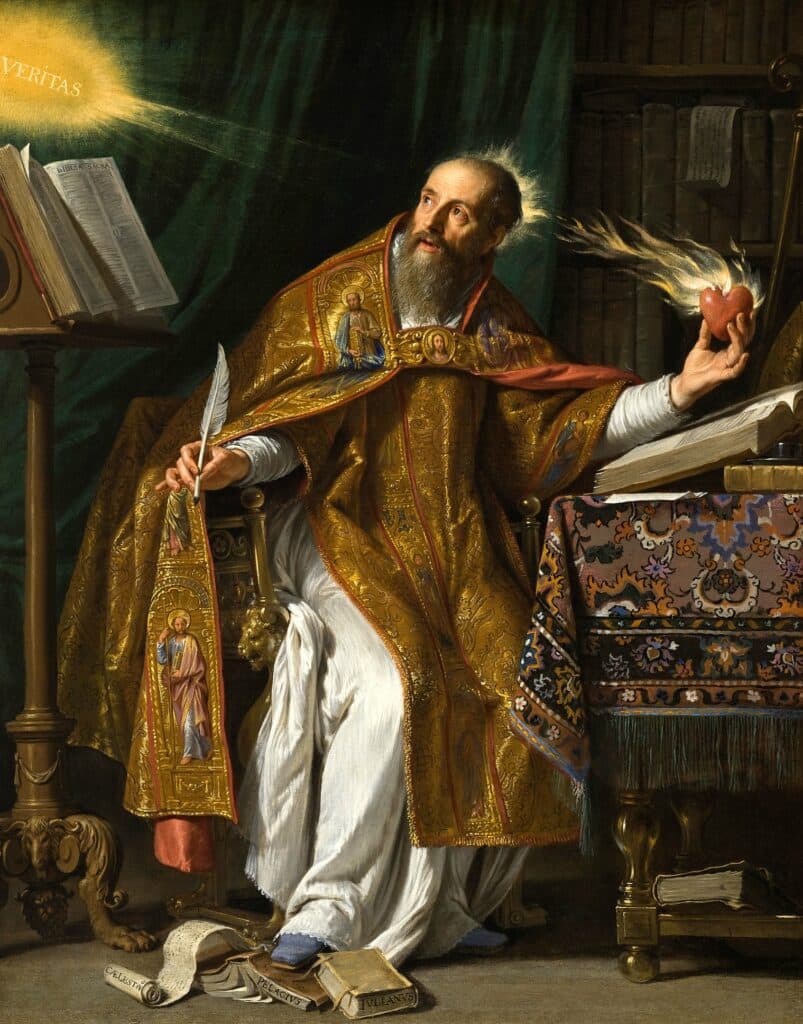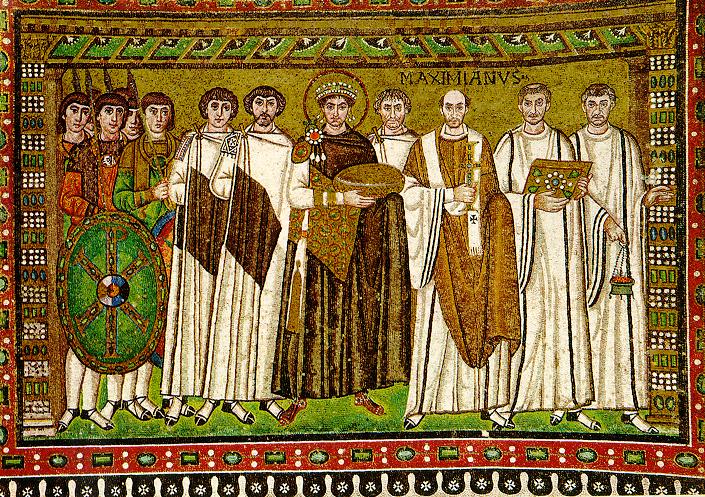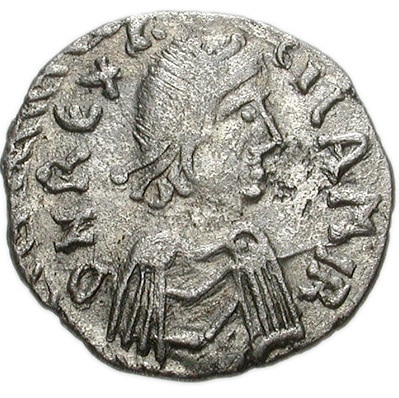This Week in History recalls memorable and decisive events and personalities of the past.
December 15th 533 – Vandalic War: Byzantine general Belisarius defeats the Vandals, commanded by King Gelimer, at the Battle of Tricamarum

Bélisaire, by François-André Vincent (1776). Belisarius, blinded, a beggar, is recognized by one of his former soldiers
In the waning years of the Western Roman Empire, one of the hardest blows in sealing the fate of the West was the loss of North Africa to the Vandals. North Africa then was far more fertile than it is today and its loss massively hurt the Western Roman Empire.
The Vandals were a Germanic people who originated somewhere around Silesia in modern southern Poland around 120 BC. They expanded their control southward into modern Romania in the 200s AD.
Things would drastically change, however, when the Huns arrived from the east sometime around the year 400 AD. The Huns smashed the armies of many tribes in their path towards the west and set off a massive refugee crisis as thousands of Germanic peoples moved west and south, hoping to seek sanctuary and better living conditions within the Roman Empire.
The Vandals as we know them in the modern day probably had their origins here, as they were a core identity around which many tribal groups who were fleeing attached themselves. This included not just Germanic peoples but also Iranian steppe nomads such as the Alans, who joined the migrating Vandal people in their move westward. They had also at some point in their time outside the Roman Empire converted to Arian Christianity, which put them at odds with the Nicene Christians who were the official religion of the Romans.

Icon depicting Emperor Constantine (center) and the Church Fathers of the First Council of Nicaea of 325 holding the Nicene Creed
Civil wars had severely weakened the Roman armies, and so when these large migrations arrived at their border, the Romans were unable to manage or stop them as they would have done in years past. The Vandals crossed the Rhine River frontier of the Roman Empire in 406 AD and would migrate into the Iberian Peninsula in 409.
They established a kingdom in southern modern-day Spain. The Romans would later invite a Gothic King to help drive the Vandals out of Iberia, and so Vandals and their Alani allies were forced to move again, this time crossing the Mediterranean and entering North Africa in 429 under the leadership of their king Gaiseric.
The Vandals laid siege to the city of Hippo Regius, in modern-day Algeria, which at the time was home to the famous theologian St Augustine, who would eventually die during the siege.

Saint Augustine by Philippe de Champaigne
The city fiercely resisted as they believed they would be persecuted for their Nicene faith by the Arian Vandals.
After a 14-month siege the Vandals captured the city and established it as the new capital of their kingdom.
A peace treaty would be signed with the Romans in 435, granting the Vandals parts of northern Algeria and Morocco. However, sensing weakness, the Vandals broke the treaty in 439 and marched on the most important Roman city in the region, Carthage.
Carthage would fall without a fight, and the Vandals moved their capital there.
The Vandal rulers would mostly keep things running as they were, replacing the land-holding elites, but otherwise mostly leaving Roman society intact. The one exception was the clergy, who were persecuted for their Nicene faith, and replaced with Arian clergy.
The Vandal king Gaiseric would lead his new kingdom to conquer much of the western Mediterranean, with the Vandals securing the Balearic Isles, Sicily, Sardinia and Corsica.
Most infamously, however – earning the Vandals their association with looting and destruction – the Vandal army sacked Rome in 455.

Gaiseric Sacking Rome, a painting by Karl Briullov (1833–1836)
The Western and Eastern Roman empires would attempt to destroy the Vandals in a number of campaigns, all of which failed.
In 476, the last Western Roman Emperor was dethroned and replaced by a Germanic king who claimed to rule in the name of the Eastern Roman Emperor, but in reality was an independent ruler.
Relations between the Vandals and Eastern Romans would improve in the decades after, but after a coup dethroned the Roman-friendly candidate in 530, the ambitious new emperor of the East, Justinian, decided to launch an effort to reconquer the Western Empire, starting with the Vandals in North Africa.

Belisarius may be the bearded figure on Emperor Justinian I’s right in the mosaic in the Church of San Vitale, Ravenna [Michleb, https://commons.wikimedia.org/w/index.php?curid=20634636]
A significant Roman army and navy set out from Constantinople in 533. It was led by the Roman general Belisarius who would go on to become one of Rome’s most successful generals.
The Roman army landed, and in September of 533 would fight the Battle of Ad Decimum, crushing the Vandal army and quickly afterwards securing the city of Carthage without much of a fight.

The empire in 555 under Justinian the Great, at its greatest extent since the fall of the Western Roman Empire (its vassals in pink) [Tataryn, https://commons.wikimedia.org/w/index.php?curid=19926428]
The Vandals attempted to regroup to the west at Bulla Regia and gathered what forces they could. In December of 533, they counter-attacked and at the Battle of Tricamarum on 15 December 533, the two armies clashed again.
A brief and brutal encounter saw the Vandals put to rout once more, and shortly thereafter, the Vandal king Gelimer attempted to flee to Spain. He was intercepted and fled into the mountains, where he was sheltered by Berber tribesmen.

A 50 denarii coin bearing a profile of Gelimer
In 534, he surrendered to the Romans and was taken to central Anatolia, where he was given an estate and lived to an old age.
The Romans had reconquered the breadbasket of the Western Empire, and Justinian would ride this success to launch further campaigns of reconquest in the decades to come.
If you like what you have just read, support the Daily Friend

